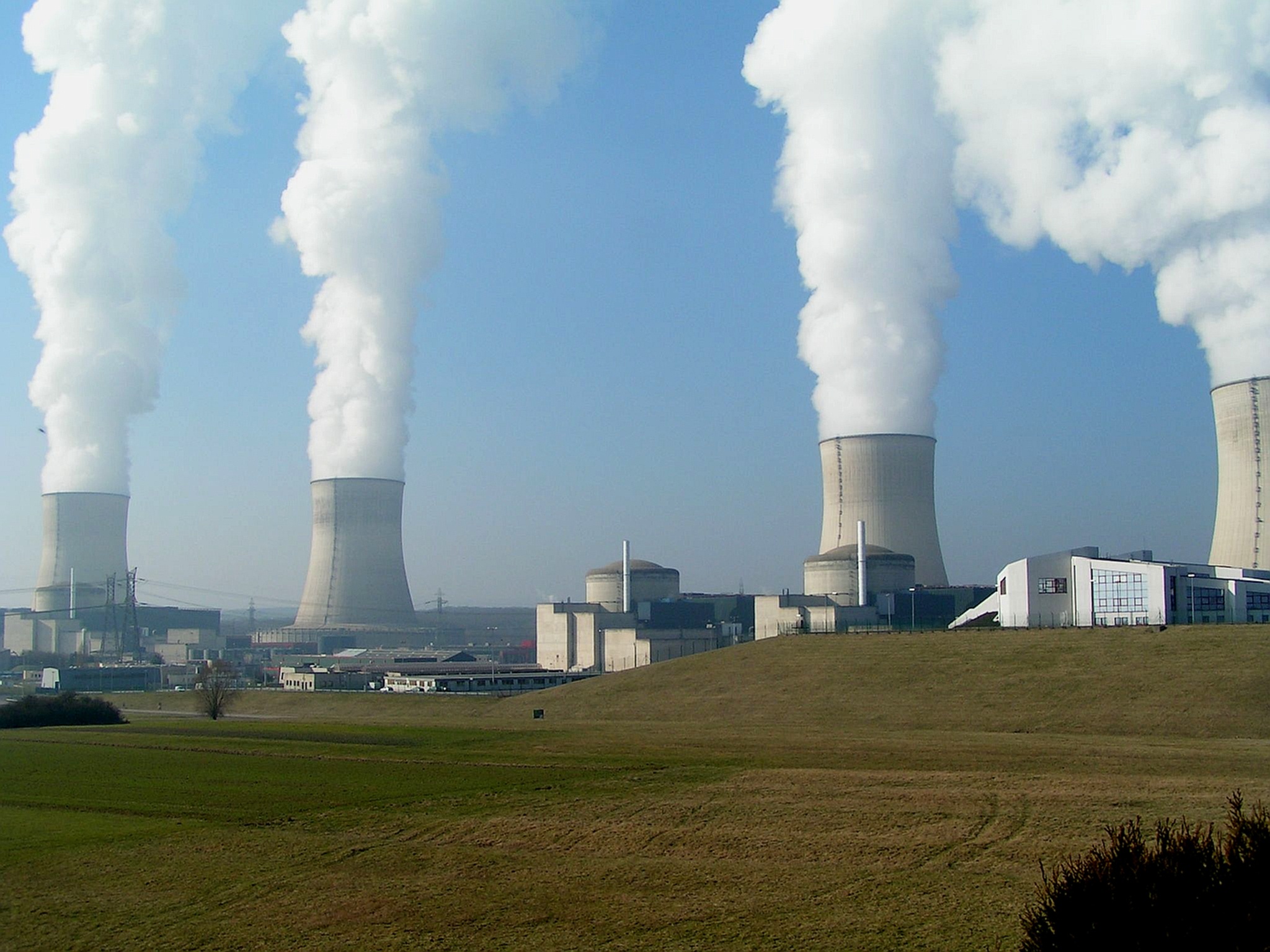The intricate world of nuclear structure and synthesis presents a compelling tapestry of atomic interactions, resembling the elaborate and interwoven threads of a grand tapestry. Contemporary nuclear physics endeavors to unravel the delicate nuances of atomic constituents and the forces that unite or separate them. In this first installment, we shall explore the foundational aspects of nuclear structure, the principal forces at play, and the mechanisms through which atomic nuclei are synthesized in the cosmos.
Nuclei, the unassuming cores of atoms, serve as the elemental crucibles wherein protons and neutrons coalesce, forming the building blocks of matter. A nucleus can be likened to a miniature solar system, where positively charged protons, akin to suns, are encircled by neutral neutrons that mediate stability and cohesion. Each nucleus is meticulously arranged, with the interplay of these nucleons governed by the fundamental strong nuclear force, an extraordinary phenomenon that overcomes the repulsive electromagnetic force that would otherwise prevent the positive protons from attracting one another.
At the heart of nuclear structure lies the concept of nuclear binding energy, the invisible glue that holds the nucleus together. This energy arises from the strong force, manifesting as a deep potential well in which nucleons reside. The stability of a nucleus is dictated by the balance between the binding energy and the detrimental repulsion experienced by like charges. An intriguing aspect of nuclear behavior involves the phenomenon of nuclear shell model, which posits that nucleons exist in discrete energy levels or “shells,” much like electrons in atomic structure.
The shell model elucidates the arrangement of protons and neutrons, often leading to the emergence of magic numbers—specific numbers of nucleons that confer extraordinary stability to nuclei. These magic numbers, namely 2, 8, 20, 28, 50, 82, and 126, signify fully filled shells, rendering the nucleus impervious to perturbations. In stark contrast, nuclei with non-magic numbers into an unstable regime, exhibiting a proclivity for radioactive decay or fission.
The exploration of nuclear structure extends beyond mere fortuity; it is steeped in intricate dynamics and symmetries. The interplay of isospin and particle indistinguishability introduces a rich mathematical framework. Isospin, a quantum number that reflects the symmetry between protons and neutrons, underscores the nuanced nature of the strong interaction. Such symmetries are pivotal in deciphering nuclear reactions and also in predicting the existence of exotic nuclei, which may flourish under extreme conditions.
As we venture into the vast expanse of synthesis, one cannot neglect the cosmic origins of elements. The birth of heavy elements—those beyond iron in the periodic table—is a saga etched in the stars. Stellar nucleosynthesis, the process by which elements forge within the interiors of stars, illustrates the interconnectedness of cosmic phenomena and atomic structure. In this celestial nursery, fusion reactions play a crucial role. Hydrogen fusion ignites in the cores of stars, creating helium and liberating vast amounts of energy. As stars evolve, this cycle of fusion continues, yielding increasingly heavy elements through processes like the triple-alpha process and the carbon-nitrogen-oxygen (CNO) cycle.
However, the cosmic narrative does not conclude with stellar nucleosynthesis. When massive stars exhaust their fuel, they culminate in spectacular supernova explosions, scattering elements across the cosmos. It is during such cataclysmic events that rapid neutron capture processes, known as r-process nucleosynthesis, occur. Here, the rapid influx of neutrons permits the synthesis of heavy, neutron-rich isotopes, many of which are unstable and eventually undergo beta decay to create stable elements. This alchemical process not only enriches stellar remnants but also seeds the interstellar medium with robust building blocks for future generations of stars and planetary systems.
In stark contrast, the slower s-process, or slow neutron capture process, facilitates the synthesis of elements like copper and lead in less extreme environments. During the late evolutionary phases of low to intermediate-mass stars, neutrons are captured at a leisurely pace, allowing nuclei to experience a series of beta decays, culminating in the formation of stable isotopes. The juxtaposition of these synthesis pathways reveals the extraordinary complexity of elemental creation in our universe.
The intricacies of nuclear structure and synthesis provoke ponderous contemplation about the very nature of existence. In many ways, they depict the universe as a grand clockwork mechanism, with intricate gears—nuclei—interacting in a grand dance orchestrated by the fundamental forces of nature. Embracing the nuance of quantum mechanics further amplifies the allure of these atomic infrastructures. The notion that the very fabric of matter is woven from interactions at this infinitesimal scale invites a profound appreciation of our material world and the universe’s exquisite processes of creation.
As we progress further into the multifarious realm of nuclear physics, a more comprehensive understanding of the delicate balance sustaining nuclear stability, the complexity of synthesis mechanisms, and the overarching cosmic story unfolds. The unfolding narrative captivates the imagination and beckons scholars and enthusiasts alike to delve deeper into the captivating cycles of creation, destruction, and renewal that govern our understanding of matter and existence in the universe. These interlacing themes shall guide our exploration in the next segments of this series, as we unravel the enigmatic ties that bind atomic structure to the cosmic fabric.












